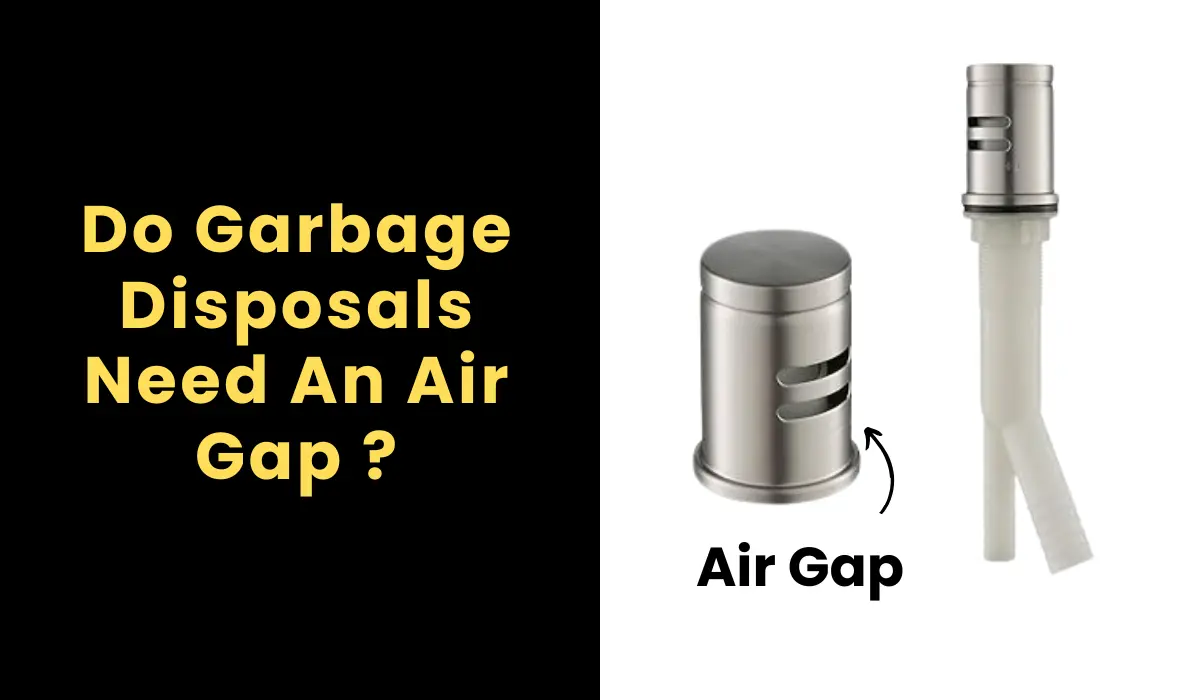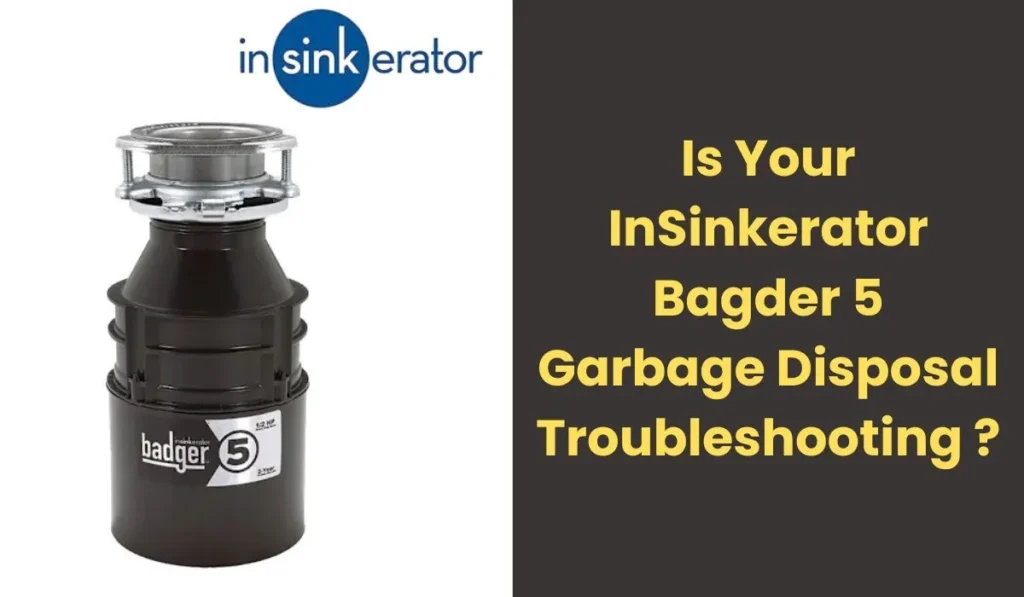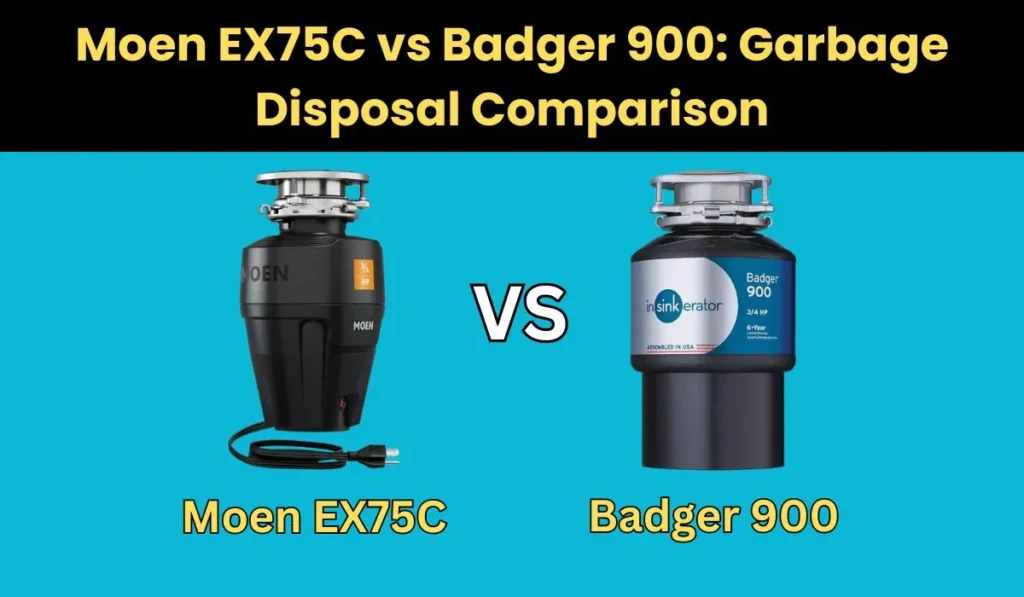do garbage disposals need an air gap ?
You might be standing in your kitchen, staring at that new garbage disposal and wondering, “Do I really need an air gap for this thing?” I had the same question when I installed mine last year. It turns out, the answer isn’t as straightforward as you might think. An air gap may sound like some high-tech plumbing gadget, but it’s actually just a simple safety feature that can save you from some nasty surprises.
So, let’s walk through what an air gap is, when you need one, and why it matters for your garbage disposal and dishwasher setup.
What Is an Air Gap?
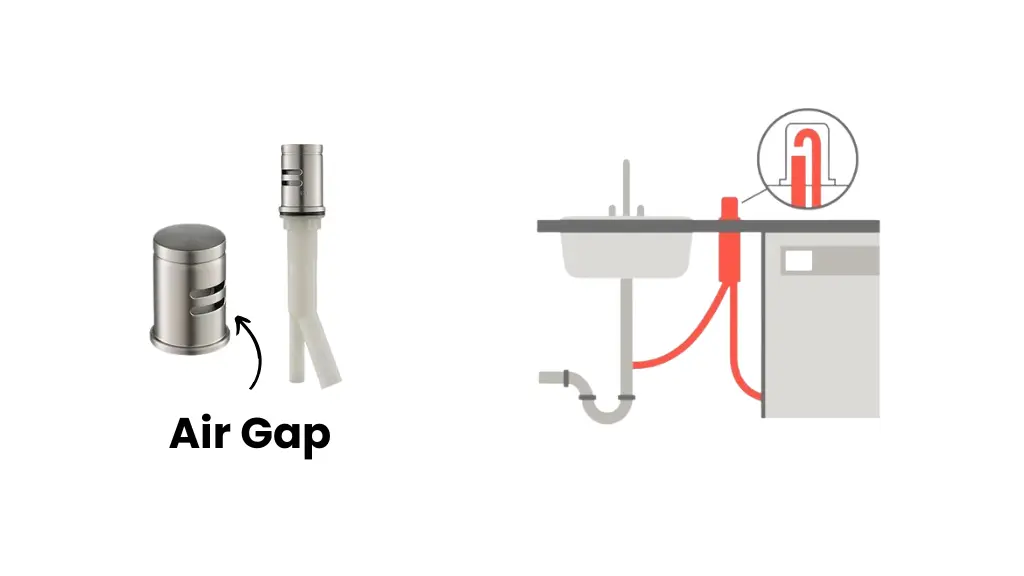
Picture an air gap as a tiny but powerful hero in your kitchen plumbing. It’s simply a physical space, a gap of air that keeps dirty water from sneaking backward into your clean water lines. Why does that matter? Because if wastewater can get back into your dishwasher or sink’s clean water, it’s not just gross it’s a health hazard. Backflow contamination, as plumbers call it, is exactly what an air gap helps to prevent. When I learned this, it made me appreciate the little things keeping my kitchen safe.
If you want to know everything about Garbage Disposals Air Gap, we have a complete guide here:
What is Air gap and how to install it with dishwasher
Do Garbage Disposals Need an Air Gap?
Here’s what I found out: if your garbage disposal is doing its job alone, it usually doesn’t require an air gap. These devices are designed to safely grind and drain food scraps. But when your dishwasher’s drainage ties into your garbage disposal — that’s when things get tricky.
Many local plumbing rules say if the dishwasher drains through your disposal, you should have an air gap installed. It’s like putting a guardrail between your dishwasher and disposal to stop dirty water from saying “hello” when it shouldn’t. This safety measure keeps your dishwasher from potentially sucking up waste water from the drain, which nobody wants.
What Do Plumbing Codes Say?
I learned that plumbing codes can vary quite a bit depending on where you live. Some municipalities are particularly strict about air gaps for dishwasher drains connected to garbage disposals, while others might accept something called a “dishwasher high loop” as a reasonable alternative.
Here’s the deal: the air gap is almost always the safest and most code-friendly option. But a high loop where the dishwasher drain hose arches up higher under your sink before hooking to the disposal can sometimes do the trick. To avoid running afoul of your local laws, it’s best to check with your local building department or ask a plumber.
How Does a Dishwasher Drain Air Gap Work?
When I first saw an air gap device on my sink, I thought it was just some quirky extra thing. But it’s actually pretty smart: it creates a break in the drain line where dirty water physically can’t backflow into your dishwasher.
Here’s basically how it works:
- Your dishwasher’s drain hose connects to the air gap.
- The air gap then connects to the garbage disposal or sink drain.
- Any wastewater is stopped at the gap, protecting your dishwasher from contamination.
If you skip the air gap, your alternative is the high loop method, which relies on gravity to prevent backflow a clever trick, but less reliable, especially if your drain hoses ever get clogged.
Air Gap vs. High Loop What’s the Difference?
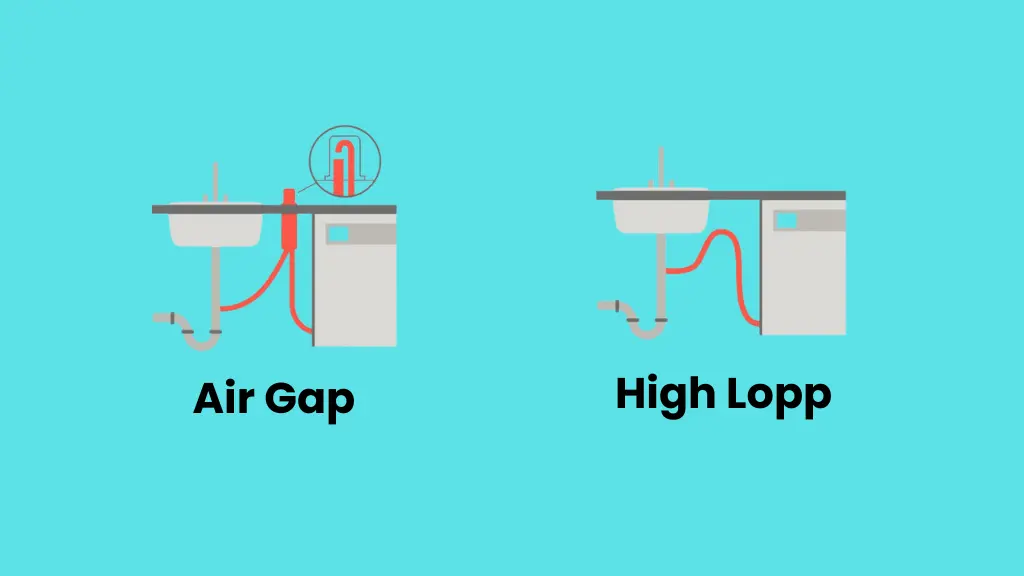
If you’re weighing your options like I did, here’s the scoop:
- High Loop: This method is simpler and visually cleaner because there’s no extra device sticking out. You just loop the dishwasher hose way up under the sink so gravity keeps wastewater flowing one way. It’s usually allowed when air gaps aren’t strictly required but can fail if the hose clogs.
- Air Gap: This little gadget creates a definite break in the line so waste water can’t make a U-turn. It’s the gold standard, often required by plumbing codes, and gives you peace of mind. The downside? Some folks don’t love how it looks on the sink and it can be a bit more involved to install.
How to Install an Air Gap
When I decided to install my air gap, I found it pretty straightforward, but here are some tips based on my experience:
- If your sink doesn’t have a hole for an air gap, you’ll need to drill one something to keep in mind if you’re renting.
- Connect your dishwasher drain hose to the inlet on the air gap.
- Attach the outlet hose from the air gap to your garbage disposal or sink drain pipe.
- Double check every connection and tighten things up to avoid leaks.
If you’re not comfortable with a drill or plumbing work, hiring a plumber can save headaches.
Pros and Cons of Installing an Air Gap
Pros
Cons
Further Reading:
The Life Expectancy of Garbage Disposals
Why Your Garbage Disposal Is Leaking from the Power Cord and How to Fix It?
How to Remove & Replace Garbage Disposal Splash Guard
What is Garbage Disposal Air Switch, Installation and Complete Guide
Conclusion
So, do you really need an air gap for your garbage disposal? If it’s a standalone unit, probably not. But if your dishwasher uses the same drainage path, installing an air gap or at least using a high loop is a smart move that keeps your kitchen’s water clean and healthy. I learned that even simple things like this small plumbing device play a big role in kitchen safety. Always keep your local plumbing codes in mind and don’t hesitate to reach out to a professional plumber if you’re unsure. After all, a little effort now can save you from a big, stinky mess later.
FAQ’s
The Author

I’m Muhammad Nabeel Dar, an employee in waste management and the owner of Garbage Waste Disposal with more than four years of experience helping people to control waste and garbage disposals are the best tools to control it. Read more

